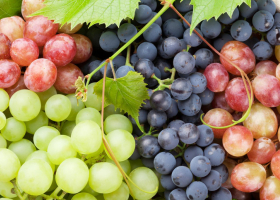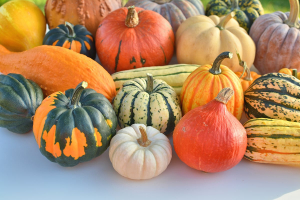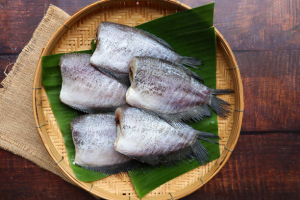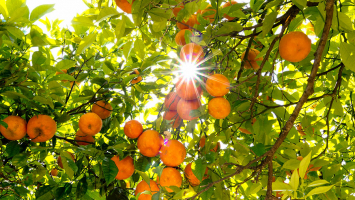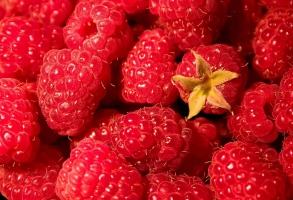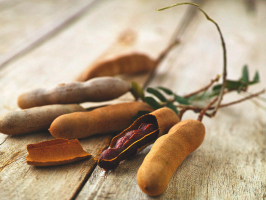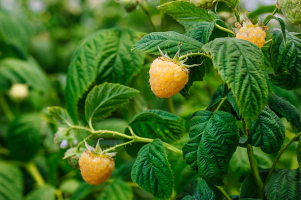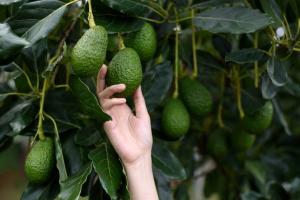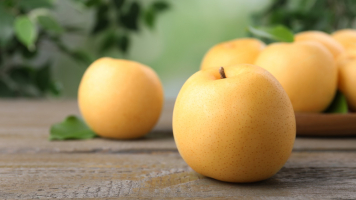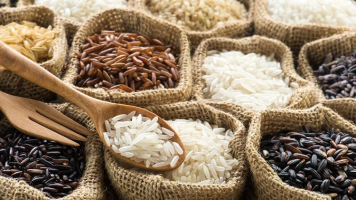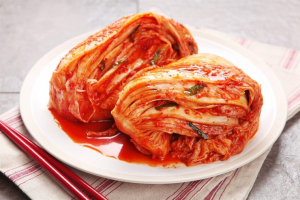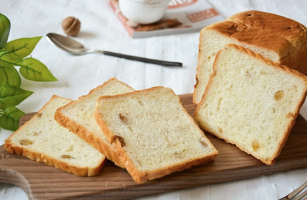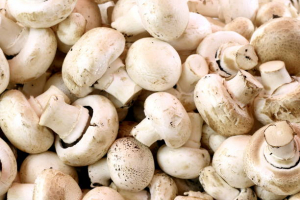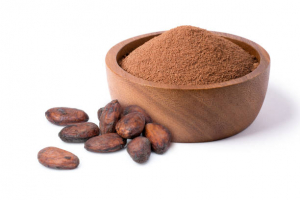Top 6 Most Delicious Types Of Blue Fruits
Blue fruits get their vibrant color from beneficial plant compounds called polyphenols. In particular, they’re high in anthocyanins, which is a group of ... read more...polyphenols that give off blue hues. However, these compounds provide more than just color. Research suggests that diets high in anthocyanins may promote heart health and reduce your risk of obesity, type 2 diabetes, certain cancers, and other diseases. Below are the most delicious types of blue fruits, let's find out!
-
Blueberries are a widely distributed and widespread group of perennial flowering plants with blue or purple berries. They are categorized as belonging to the Vaccinium genus Cyanococcus section. Blueberries are rich in essential nutrients and antioxidants, which play a role in preventing cell damage and may reduce chronic disease risk. Native to North America are both wild (lowbush) and cultivated (highbush) blueberries used for commercial purposes. The 1930s saw the introduction of highbush varieties into Europe.
The height of blueberries, which are typically prostrate shrubs, can range from 10 cm to 4 m. Lowbush blueberries, which are synonymous with "wild", are the species with tiny, pea-sized berries that grow on low-level bushes used for commercial blueberry production. Highbush blueberries, on the other hand, are the species with larger berries that grow on taller, cultivated bushes. Canada is the leading producer of lowbush blueberries, while the United States produces some 40% of the world's supply of highbush blueberries.
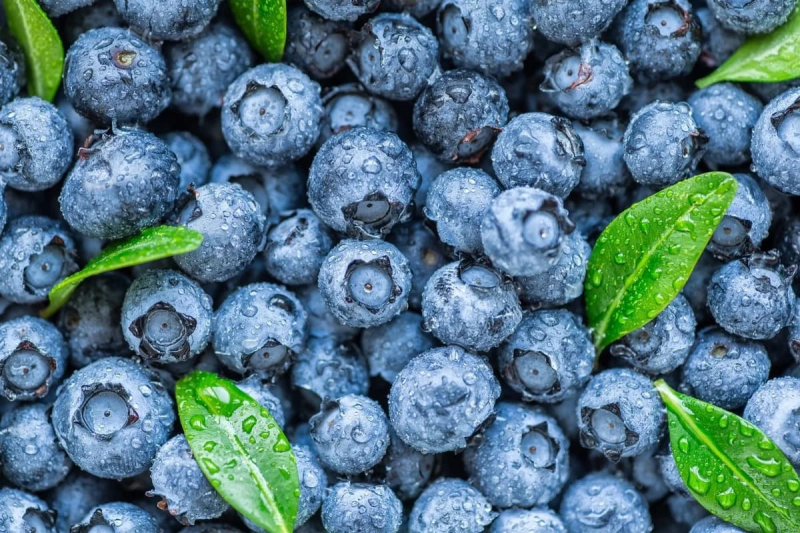
News Medical 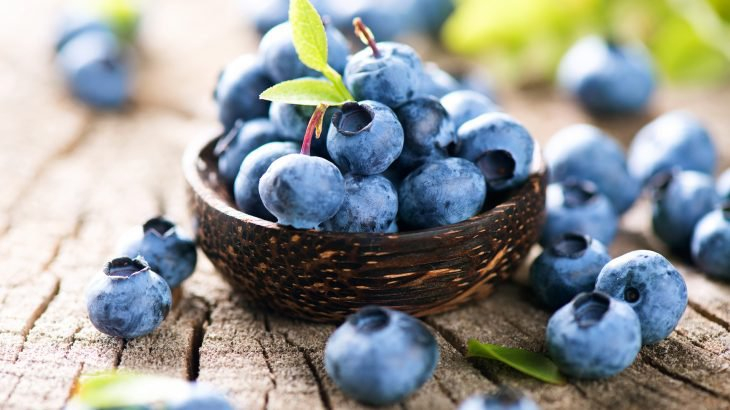
Vinmec -
The Concord grape is a cultivar derived from the grape species Vitis labrusca (also known as fox grape) that is used as table grapes, wine grapes, and juice grapes. They are frequently used to create confectionery, grape juice, jelly, pies, and soft beverages. The grape is occasionally used to manufacture wine, especially kosher wine for religious purposes. Concord grapes may boost immunity, mood, and brain health, though more studies are needed to confirm this. The Massachusetts town where it was created inspired the name of the grape.
A Concord grape's skin is normally deep blue or purple and frequently has a removable epicuticular wax "bloom" of a lighter hue. Because it is a slip-skin cultivar, the fruit's skin can be readily detached from it. Large and extremely scented seeds can be found in concord grapes. The physiological issue of the black spots is particularly prone to affect Concord grapes. In the United States, 417,800 tons were produced in 2011. The major growing areas are the Finger Lakes District of New York, Lake Erie, Lake Ontario, Southwestern Michigan, and the Yakima Valley in Washington. They are sometimes found growing wild.
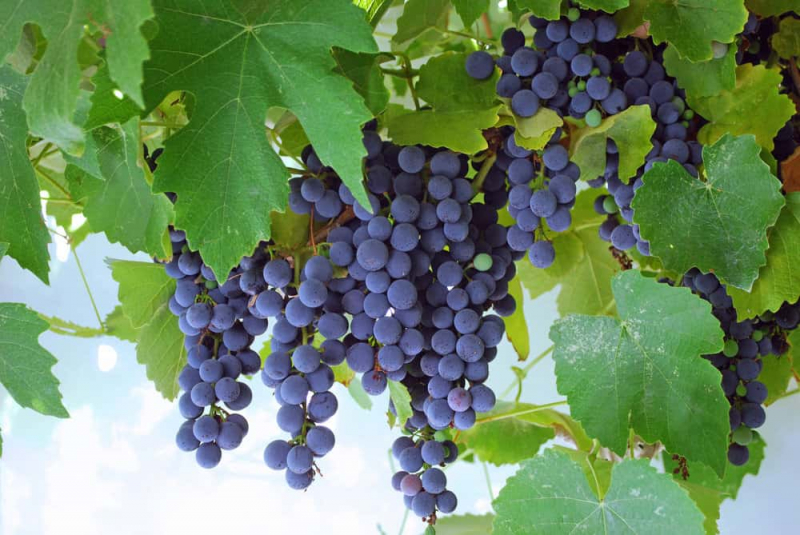
Home Stratosphere 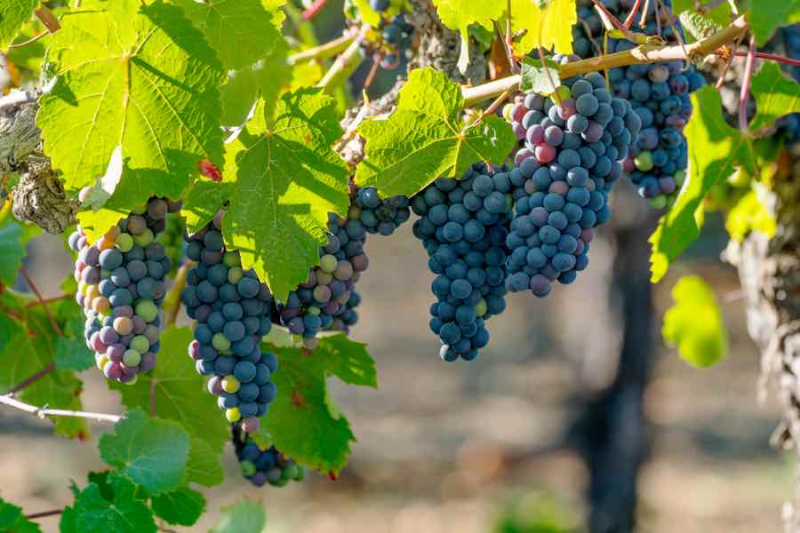
Minnetonka Orchards -
The Damson or damson plum (Prunus domestica subsp. insititia, or sometimes Prunus insititia), also archaically called the "damascene", is an edible drupaceous fruit, a subspecies of the plum tree. Insititia comes in many different forms, although the word damson is derived from and most frequently used to describe variants that are native to Great Britain. Damsons are a commonly used culinary ingredient, particularly in jams and preserves made from fruit. They are a small, ovoid plum-like fruit with a peculiar flavor that is slightly astringent.
The fruit from a tree in the Myrtaceae family called jamblang is frequently referred to as a damson plum in South and Southeast Asia. Simarouba amara, a tree, was also once known as "mountain damson" or "bitter damson" in Jamaica. The small clingstone prunes are dark purple-black with firm green or golden yellow flesh. The trees display an attractive, rounded shape. The ovoid green leaves are finely toothed along the edges. Damson plum trees reach mature heights of about 20 feet (6 m.) with a similar spread, and dwarf trees are about half that size. Prunes made from damson plums supply fiber, beneficial plant compounds, and the sugar sorbitol — all of which may help relieve constipation.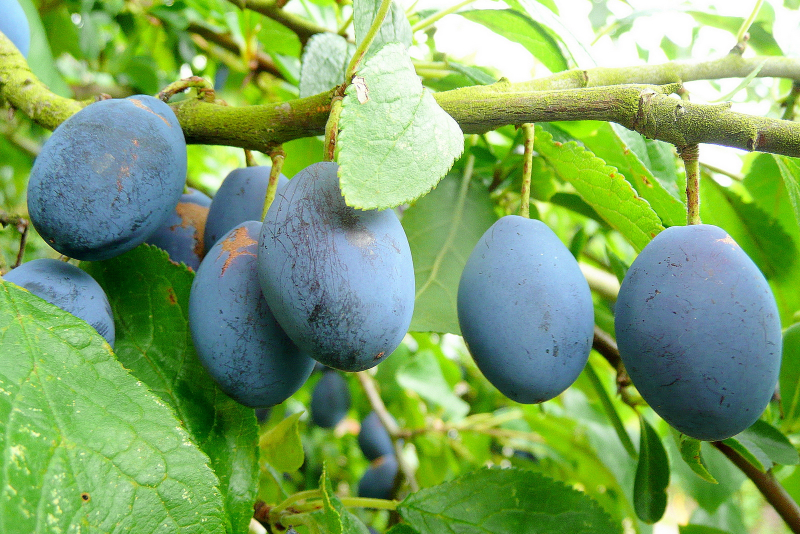
Wikipedia 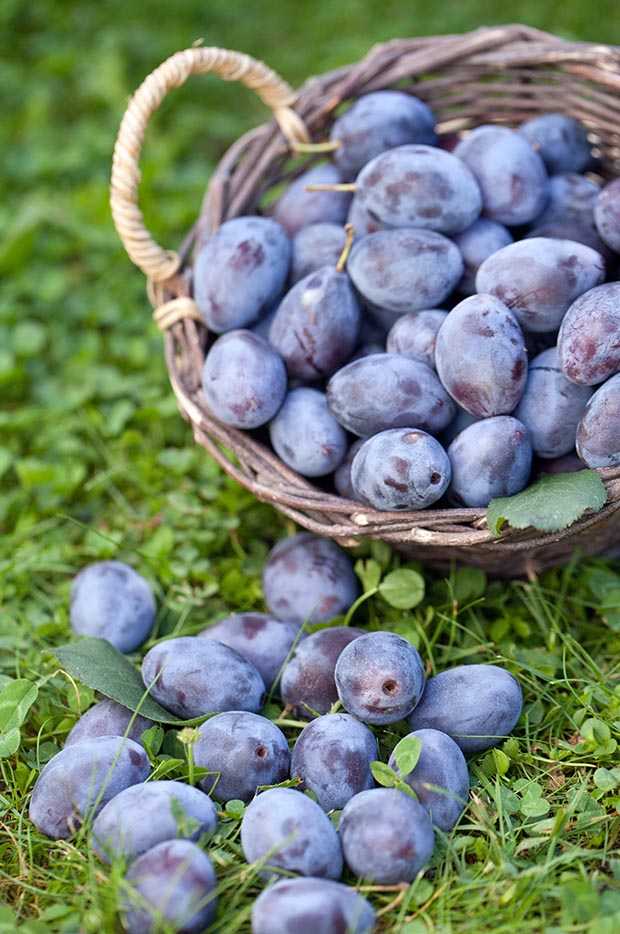
thisNZlife -
Blue tomatoes, sometimes referred to as purple tomatoes, are tomatoes that have been bred to produce high levels of anthocyanins, a class of pigments responsible for the blue and purple colors of many fruits, including blueberries, blackberries, and chokeberries. A blue tomato is a variety of tomatoes that ripens to a dark bluish color. Blue tomatoes come in a range of hues, including dark blue, black blue, purple-blue, and dark indigo (somewhere between blue and violet). Some blue tomatoes have flesh and skin that are both dark blue, while others have dark bluish skin but flesh that is red or reddish-purple.
Blue tomatoes that are perfectly ripe and have received sufficient water, heat and direct sunlight should taste absolutely delicious: rich and earthy, with a sweet, flavorful, slightly acidic taste. Blue tomatoes are slightly more astringent than red tomatoes as a result of their high content of anthocyanin antioxidants. They are grown to be rich in anthocyanins while retaining high amounts of other beneficial plant compounds that have been associated with a reduced risk of heart disease, stroke, and prostate cancer.
Etsy 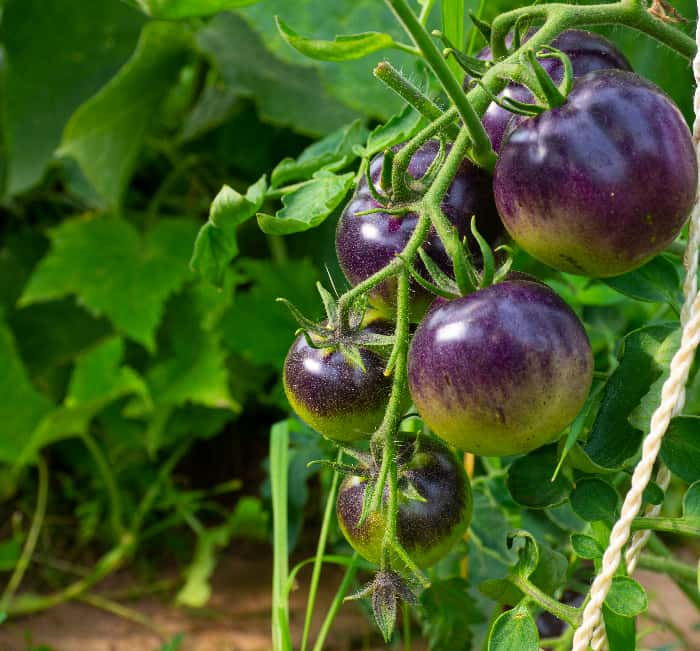
Minnetonka Orchards -
Lonicera caerulea, also known by its common names Blue Honeysuckle, sweet berry honeysuckle, fly honeysuckle (blue fly honeysuckle), blue-berried honeysuckle, or the honeyberry, is non-climbing honeysuckle native throughout the cool temperate Northern Hemisphere regions of North America, Europe, and Asia. The plant or its fruit has also come to be called haskap, derived from its name in the language of the native Ainu people of Hokkaido, Japan.
Haskap is a deciduous shrub growing to 1.5–2 m tall. The opposite, oval, greyish green, leaves are 3-8 cm long, 1-3 cm wide, and have a slightly waxy texture. The blooms are produced in pairs on the stalks and are yellowish-white, 12–16 mm long, and have five equal lobes. The fruit is a blueberry that can be eaten. It is slightly rectangular in shape, weighs 1.3 to 2.2 grams, and has a diameter of around 1 cm. Haskap cultivars can tolerate a wide range of soil acidity, from 3.9 to 7.7, but for maximum productivity, they need high levels of organic matter, well-drained soils, and lots of sunlight. Compared to most fruit species, Lonicera caerulea plants are more tolerant of moist environments. Over centuries in East Asian countries, Lonicera caerulea has been used for supposed therapeutic applications in traditional medicine.
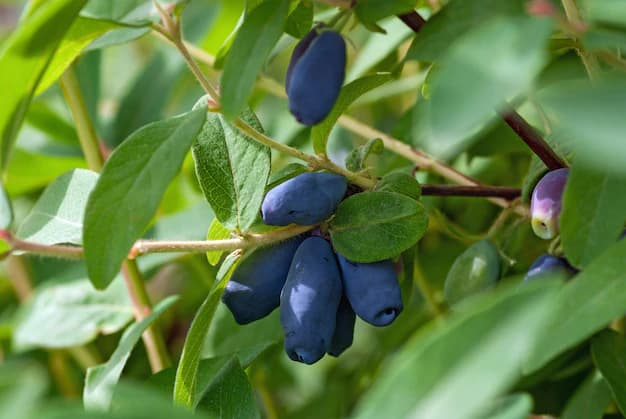
Freepik 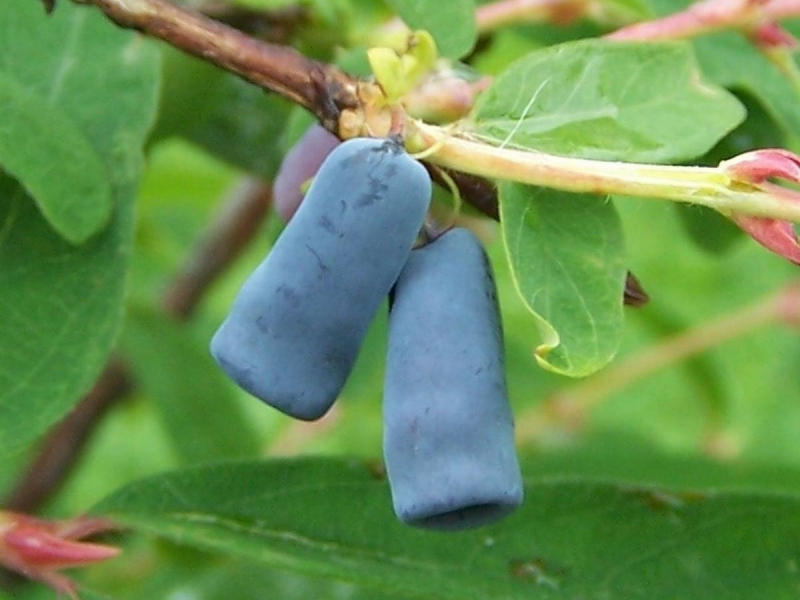
Wikipedia -
Jarrahdale pumpkins are an heirloom variety of pumpkins, named after a town in Western Australia. These pumpkins are popular in their native Australia, as well as in New Zealand because of their sweet mellow flavor, and their versatility as an ingredient. A lovely illustration of gardening hybridization is the Jarrahdale pumpkin. The Jarrahdale is a cross between the Blue Hubbard squash and the Cinderella pumpkin. It combines the distinctive flattened shape of the Cinderella pumpkin with the sweetness and color of the Blue Hubbard squash, giving it characteristics of both.
Australian farmers frequently plant pumpkins because of how simple they are to grow. They are simple to manage, may be harvested all at once, and, when properly kept, have a long shelf life. The orange flesh of the Jarrahdale is a stunning contrast to its bluish skin. The flesh is firm, and not stringy, which makes it great for use in a variety of recipes. While it is best used to enhance savory dishes, it also makes a delicious pie pumpkin.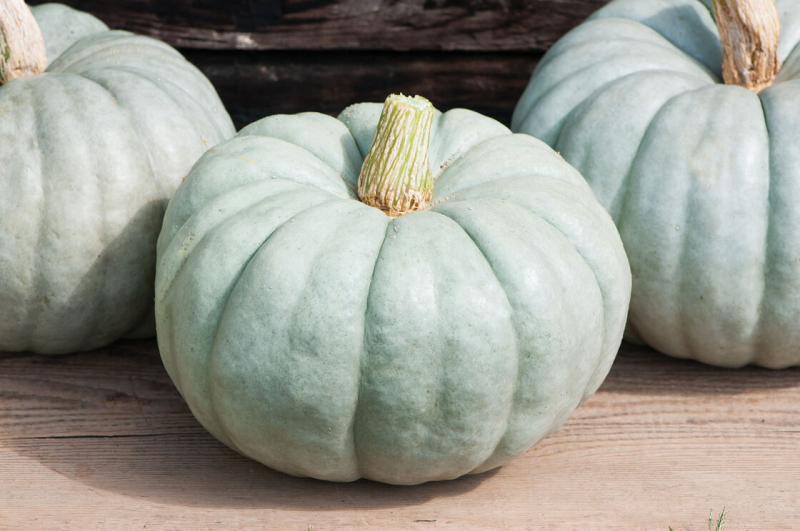
iStock 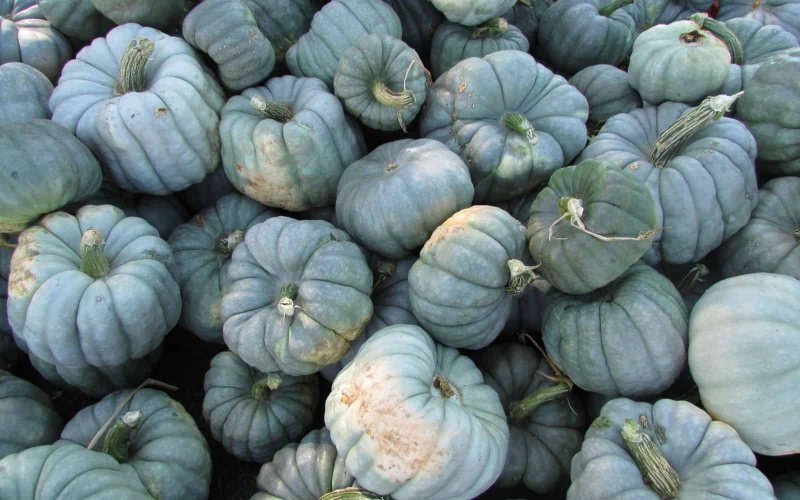
Home For The Harvest








